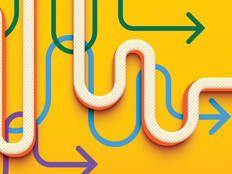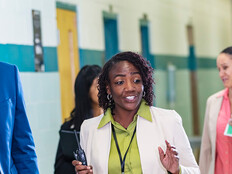Other districts are writing their own guiding principles for the technology.
“AI should bolster teaching and learning,” says Greenwich (Conn.) Public Schools Superintendent Toni Jones. With that overarching goal, the district has crafted a detailed regulation, and it starts with definitions.
“We don’t want to assume our staff know generative AI versus nongenerative AI,” Jones says. “Then, it covers things like access and permission, ethical use, and data privacy and security.”
The regulation spells out best practices around things like proper citation for AI and data privacy. It also dives into academic integrity for students and adults, and covers “plagiarism, cheating and misinformation,” Jones says.
Tucson Unified also considered the policy’s usability. “It’s very easy to read,” Jones adds. “You have bullet points that help students or teachers understand what’s within each category.”
DIVE DEEPER: Experts share how to best embrace artificial intelligence in K–12 schools.
What Does Crafting and Communicating a K–12 AI Policy Entail?
Districts should take a collaborative approach with departments and stakeholders as they begin to craft AI policies.
“I put a committee together of teachers across the district who were interested in this topic, and they went out and studied AI policy from Brown University, Harvard and other leaders in the field,” Jones says. “Then, our board’s policy committee looked at what we had done, and they created the policy.”
For Rowley, her district’s policy was the culmination of a two-year process. “We started by creating a task force, and I invited anybody and everybody,” she says.
DON’T MISS: One teacher calls for more artificial intelligence in K–12 environments.
“We had people from all parts of the district: Teachers and staff members from HR, from purchasing, from communications,” she says. The board then shared its input through two rounds of revisions before releasing the final policy.
To ensure adoption, Rowley has spread the word about the policy through numerous channels. “We are getting it on our website so parents and the public can see it. We have robust communications to all of our teachers and staff,” she explains.
Beyond communications, the school is working to train staff on the new policy.












